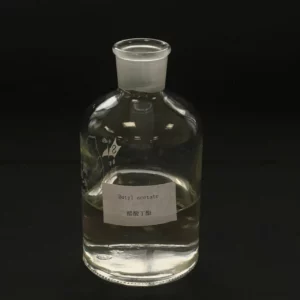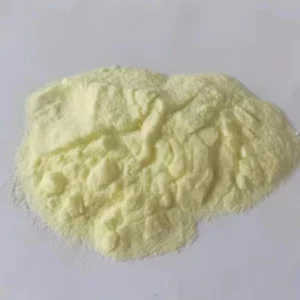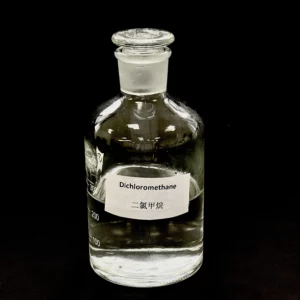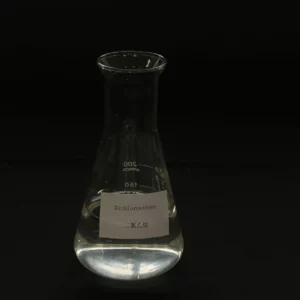PRODUCT
Tembotrione
- Product Name: Tembotrione
- Cas No.: 335104-84-2
- MF: C17H16ClF3O6S
- Appearance: Light yellow to light beige solid
- Package: bag
- Certificate: ISO
- Application: Tembotrione are a widely used class of pesticides, especially as herbicides. In some cases, it may also be used in scientific experiments or as a pharmaceutical intermediate.
Send Email To Us
Product Detail
Tembotrione is a triketone corn field herbicide developed by Bayer in 2007, which is a 4-hydroxyphenylpyruvate dioxidase (HPPD) inhibitor. Cyclosulfosterone is a new compound synthesized by adding trifluoroethoxy group on the basis of sulfosterone. Its activity is higher than that of sulfosterone and nitrosulfosterone, and it is safe for crops.
Product Parameter
Application
- Tembotrione is a widely used pesticide, especially as a herbicide. Its main mechanism of action is to prevent the biosynthesis of branched chain amino acids (such as valine, isoleucine, and leucine) by inhibiting the activity of acetyllactate synthase (ALS) in plants, ultimately leading to plant death. Cyclosulfonone has good herbicidal effect on many kinds of weeds, such as grass weeds, broad-leaved weeds and sedge weeds.
- However, the use of cyclosulfonones also needs to be cautious. Due to its possible negative effects on the environment and human health, the relevant safety regulations and operating guidelines should be followed when used. In addition, excessive or improper use of cyclosulfonones may lead to soil and water pollution, which has adverse effects on the ecological environment.
- In addition to its use as a pesticide, cyclosulfonones may also be used in scientific experiments or as pharmaceutical intermediates in some cases. In these applications, relevant experimental procedures and safety regulations need to be followed to ensure safety and effectiveness.







